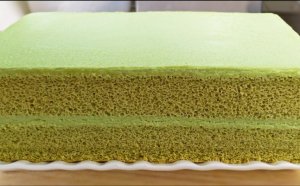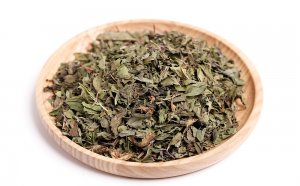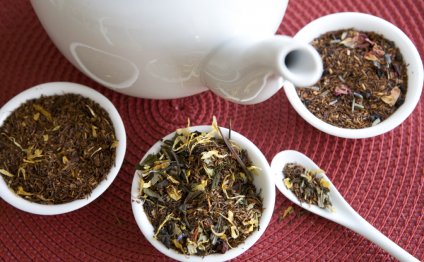
Where to buy loose tea?
Got your tea? Got your mug? Ready to relax? Let’s make it simple. To brew tea, use fresh water free of any odd tastes or odors. (It accounts for 95% of every cup of tea, you know.) Use one teaspoon of tea per serving, plus one more for the pot. Pour the water over the tea and steep according to these guidelines:
- White and Green Tea: Use boiling water that has cooled for a couple of minutes (to about 185°F) and steep for 2 to 4 minutes.
- Oolong Tea: Use boiling water that has cooled for 1 minute (to about 195°F) and steep 3 to 5 minutes.
- Black Tea: Use boiling water that has cooled just enough to lose its boil and steep 3 to 5 minutes.
- Herbal Tea: Use boiling water and steep 3 to 5 minutes.
In a typical infusion, caffeine is extracted from the leaves first, usually within the first 30 seconds, while the more complex polyphenols (antioxidants) take a bit longer. And keep in mind that tea bags infuse more quickly than loose-leaf teas due to greater surface area.
Don’t forget! Loose-leaf tea will keep for several months or longer if kept in an airtight container in a cool, dry and dark place. Avoid glass or plastic containers if possible and do not refrigerate or freeze tea. Tea that’s old or mishandled will lose its briskness and aroma and color.
Fact or Fiction: Tea Makes You Healthy
Fact! Recent studies confirm what tea drinkers in Asia have known for centuries: tea is good for you. In fact, tea is so full of antioxidants—the ones that reduce the oxidation reactions in the body associated with aging and other disease processes—that we should be gulping it down.
The benefits of tea can be realized by consuming three cups a day, which is the historical average for most Asian tea drinkers and the base line for many recent studies. Check out the benefits of drinking tea:
- promotes healthy cholesterol levels
- increases metabolism
- improves mental performance
- inhibits plaque buildup on teeth (green tea, that is)
- helps the body deal with stress (green tea again)
Technicolor Tea
Think there’s only green and black tea? Think again. Teas come in just about every color of the rainbow.
- White: This is the least processed of all teas and has high levels of antioxidants and low caffeine.
- Green: Green tea undergoes slightly more processing than white tea and has a little more caffeine.
- Oolong: Oolong tea occupies that middle territory between green tea and black tea and is characterized by highly complex fruit, spice and floral aromas.
- Black: The most widely consumed tea in the world, black tea is so called because of the relatively lengthy oxidation period (several hours) that darkens its leaves. This color is transferred to the cup in pale sienna and red-orange tones. Black tea flavors can be differentiated by region more so than other teas.
- Flavored and Scented Teas:. These are true teas to which flavors—everything from almond to wild cherry—and/or aromatic oils have been added for flavor and aroma. Think Earl Grey and Jasmine tea.
- Chai: Essentially tea with spices, often ginger or cinnamon.
Tea 101
All true teas come from the leaves of the tea bush or tea tree (Camellia sinensis), which is native to Asia. Most quality teas produced today come from five countries:
- India — known for black teas like Darjeeling and Assam
- China — home to all tea types
- Japan — famous for green tea
- Sri Lanka — known for its Ceylon teas
- Taiwan — famous for oolong teas
Most fine teas are harvested by hand; the major exception is Japan, where specially designed machines do much of the work. The production of lesser quality teas—most of which end up as standard bagged tea—are processed mechanically. Here’s more for the die-hard fans:
- Harvesting: All tea types begin as a fresh, green leaf plucked from a tea bush. After picking, tea leaves are transported and weighed.
- Withering: Next up, a process called withering reduces the moisture content of the tea leaves, making them pliable and more easily rolled.
- Crushing: After being rolled, tea leaves are crushed by hand or machine to break their cell walls and release enzymes that initiate and catalyze oxidation.
- Oxidation: This is the same process that turns an apple brown when it’s cut open. The degree of oxidation largely determines the type of tea. Green and white teas are non-oxidized, oolong teas are partially oxidized and black teas are fully oxidized.
- Firing: Firing is the process in which tea leaves are heated in ovens, woks or baskets to destroy enzymes in order to halt oxidation.
- Grading: Machine or hand grading sorts tea leaves by size or color.
To Caffeinate or Not to Caffeinate...
Tea can be decaffeinated in two ways. The best and natural way uses carbon dioxide under heat and pressure to remove caffeine. This method retains most of the beneficial antioxidants—one reason many people drink tea in the first place.
The second method uses a chemical solvent called ethyl acetate that strips both the caffeine and the beneficial antioxidants from the tea and leaves behind a chemical residue.
The amount of caffeine in regular tea can be reduced by pre-brewing, or "rinsing, " your tea leaves (30 seconds for white or green tea and 1 minute for oolong or black tea). After rinsing, simply brew your tea as directed.
The Herbal Tea Myth
We don’t mean to break your heart, but herbal teas aren’t actually teas at all. Wait, let us explain! Herbal teas, also called tisanes, are combinations of dried herbs, not tea leaves. Don’t get us wrong; they’re still delicious! And they also provide an abundance of flavor alternatives and other healthy attributes depending on the herbs used.
Chamomile tea, for example, is used as a relaxant, and peppermint tea is considered a digestive aid. Also keep in mind that except for Yerba Mate, herbal teas are caffeine-free and usually need to be infused longer than regular tea to release their full flavor.
RELATED VIDEO
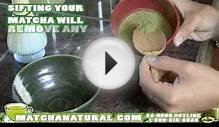
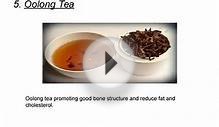
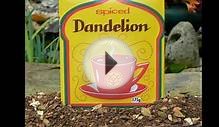
Share this Post
Related posts
Where to Buy green tea powder?
Matcha is a traditional Japanese green tea powder produced by stone-milling a shade-grown green tea called tencha into a…
Read MoreWhere to buy Raspberry leaf Tea?
RASPBERRY LEAF TEA ANTIOXIDANT PROPERTIES In spite many fruits and vegetables are known to also exert powerful antioxidant…
Read More
